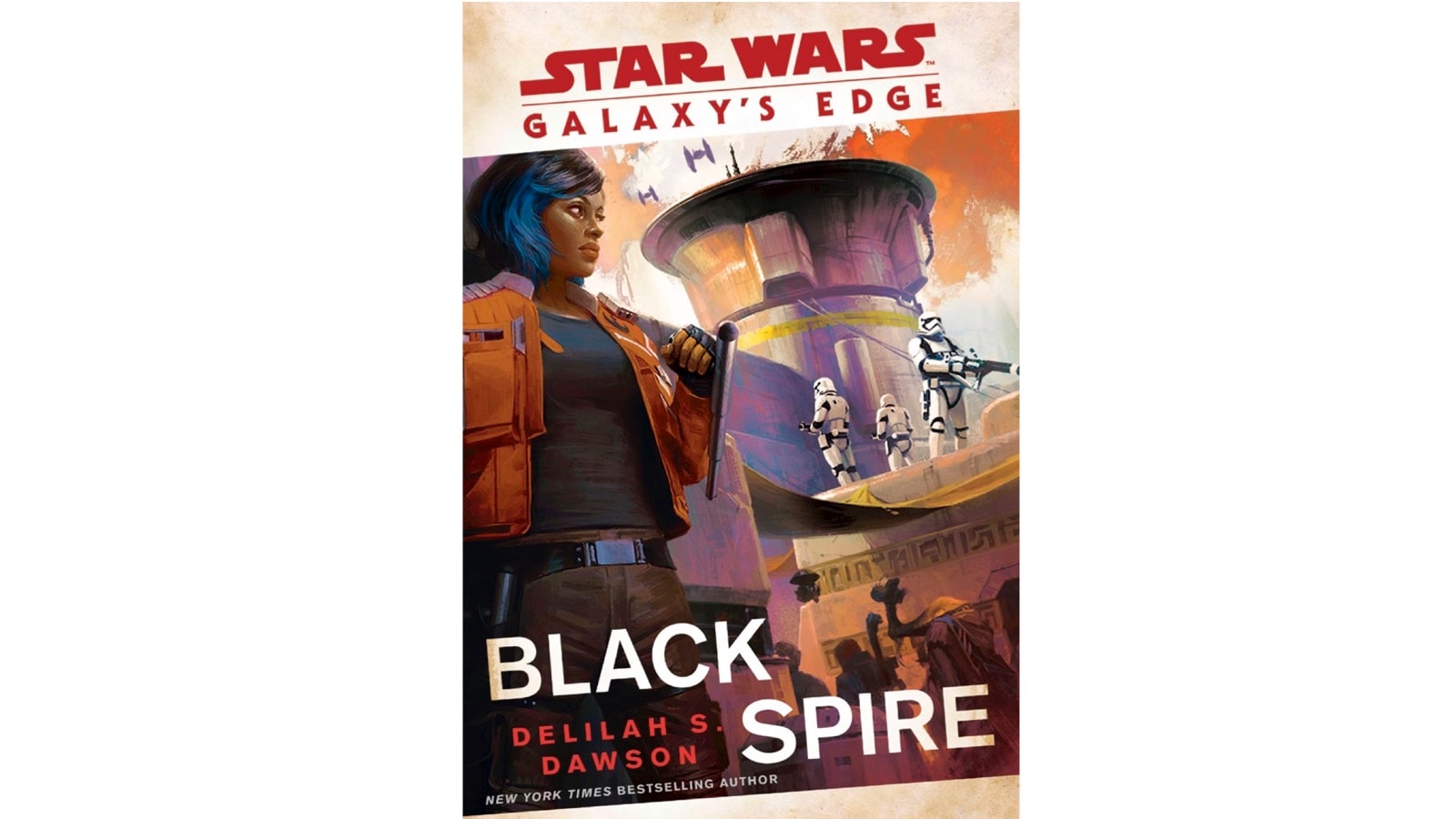View attachment 358349
I started looking at just AK. There are 10 attractions listed. Tough to be a bug is very accurate. Whirl and Triceratops are more accurate. Everest, while error is up from 2018, is actually down from 2017 - so call that even. Kali River Rapids is a very small dataset for the winter (6 points). That's half of the attractions close. Outpost is a small dataset too. Navi has been pretty consistent in its error. That's 7/10. We've then got FoP, Kilimanjaro Safari and Dinosaur. The graph above is averaged FoP waits (red), and wait time error (blue). Error has a pretty large negative shift early in the year before trending towards zero for the summer/early fall, then back down slightly late in the year. If you look at just Jan & Feb 2018, the error is actually bigger: -36 min vs. -32 min! The safari is seeing more error in the waits, but also longer waits. The difference does not go away like FoP when you look at just the same months. The variation in the wait time error is also up which could be a signal that they are somewhat just off by a percentage of the wait time.
I would need to look at the data more closely, but I would guess that you would have bigger average errors when you are looking at bigger wait times. If you're off 5% on 20 min waits, that's 1 min error, 5% on 60 min waits is 3 min. Actual percent errors are different.
For Dinosaur, if you look at just the same range of dates in 2018 as 2019, the average error is -6.8 vs. -6. The shift from that to -8.1 is less. These average differences still seem pretty small.
The biggest effect seems to be for the Safari, and a big part of that is driven by its increased wait times.
Looking at the data, I have a lot more appreciation for Disney's posted waits. They are pretty darn accurate.


